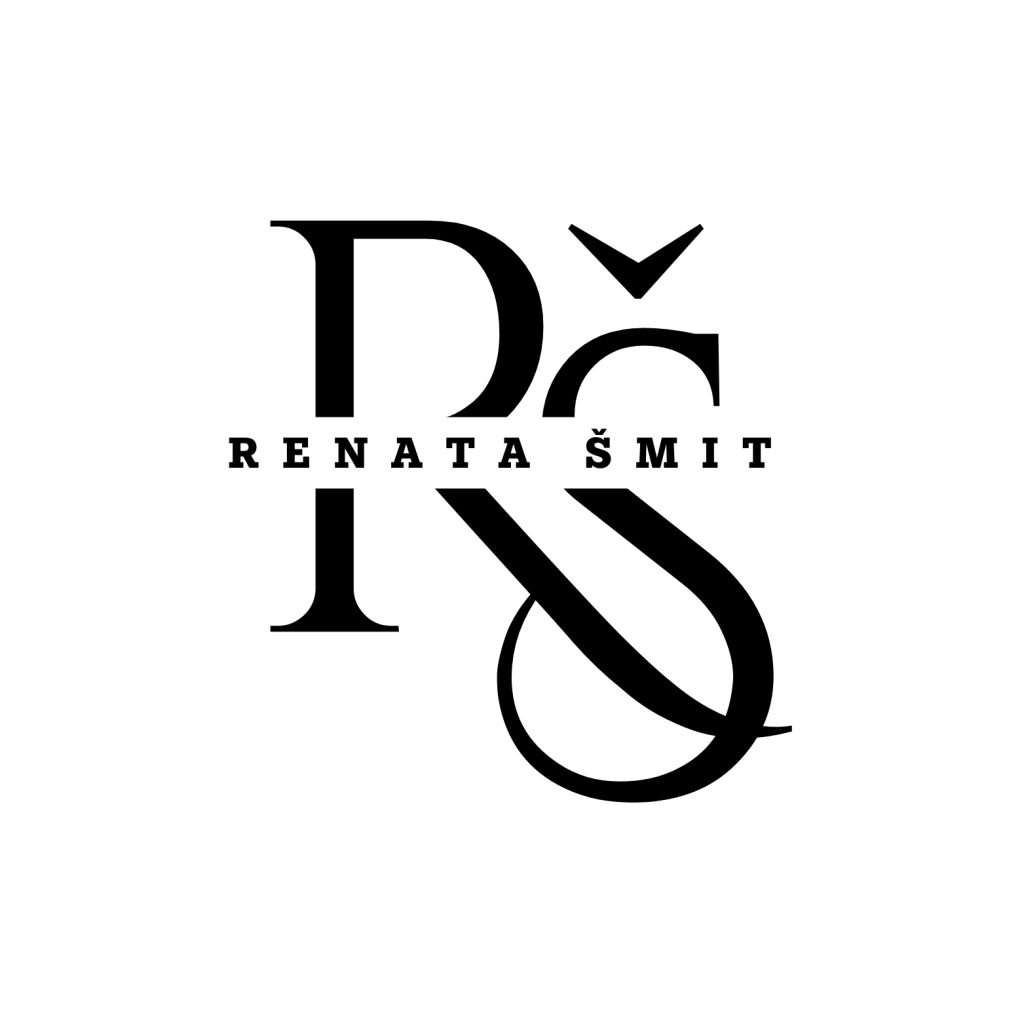Lean: A Philosophy of Efficiency and Value
Lean is a systematic approach to improving processes by eliminating waste, optimizing resources, and delivering value to the customer. Originating from Toyota’s production system, Lean has evolved into a widely applied methodology across industries, from manufacturing to healthcare and technology.
- Define Value: Understand what the customer values and focus on delivering it.
- Value is determined by the customer and drives all activities in a Lean system.
- Map the Value Stream: Identify all steps in a process to determine which add value and which do not.
- This step highlights inefficiencies and opportunities for improvement.
- Create Flow: Ensure smooth progression of work through all processes without interruptions.
- Bottlenecks are eliminated to maintain a seamless workflow.
- Establish Pull: Work is pulled based on demand rather than pushing products/services without immediate need.
- This avoids overproduction and inventory buildup.
- Pursue Perfection: Continuously improve processes to enhance efficiency and value delivery.
- Lean is an ongoing effort, always seeking ways to optimize.
Lean identifies seven key types of waste to eliminate:
- Overproduction: Producing more than is needed.
- Waiting: Idle time between process steps.
- Transport: Unnecessary movement of materials or products.
- Overprocessing: Performing tasks that do not add value.
- Inventory: Excess materials or products.
- Motion: Unnecessary movement of people.
- Defects: Errors requiring rework or scrapping.
- 5S: A workplace organization method to improve efficiency.
- Sort, Set in Order, Shine, Standardize, Sustain.
- Kanban: A visual system for managing work in progress and creating pull in processes.
- Value Stream Mapping: A detailed flowchart to analyze and improve the value stream.
- Kaizen: Continuous improvement through small, incremental changes.
- Just-in-Time (JIT): Producing only what is needed when it is needed.
Case Study: Lean in Manufacturing
A manufacturing company implemented Lean to reduce production time. By mapping the value stream, they identified excessive inventory and waiting times as key issues. Through Kanban and JIT systems, they streamlined production, reducing waste by 30% and improving delivery times.
Case Study: Lean in Healthcare
A hospital applied Lean principles to improve patient flow. By reorganizing workflows and reducing unnecessary steps, they decreased patient wait times by 40% and improved staff efficiency.
- Improved Efficiency: Eliminating waste reduces time and resource consumption.
- Enhanced Quality: Focusing on value ensures higher quality outputs.
- Cost Savings: Optimized processes lead to lower operational costs.
- Employee Empowerment: Involving teams in continuous improvement fosters engagement.
- Customer Satisfaction: Delivering value increases customer loyalty and trust.
- Resistance to Change: Employees may be hesitant to adopt new processes.
- Initial Investment: Lean tools and training require upfront resources.
- Sustaining Improvements: Continuous effort is needed to maintain Lean practices.
Lean is more than a methodology; it’s a philosophy that prioritizes value, efficiency, and continuous improvement. By adopting Lean principles, organizations can transform their operations, reduce waste, and achieve lasting success in delivering customer-centric outcomes.

